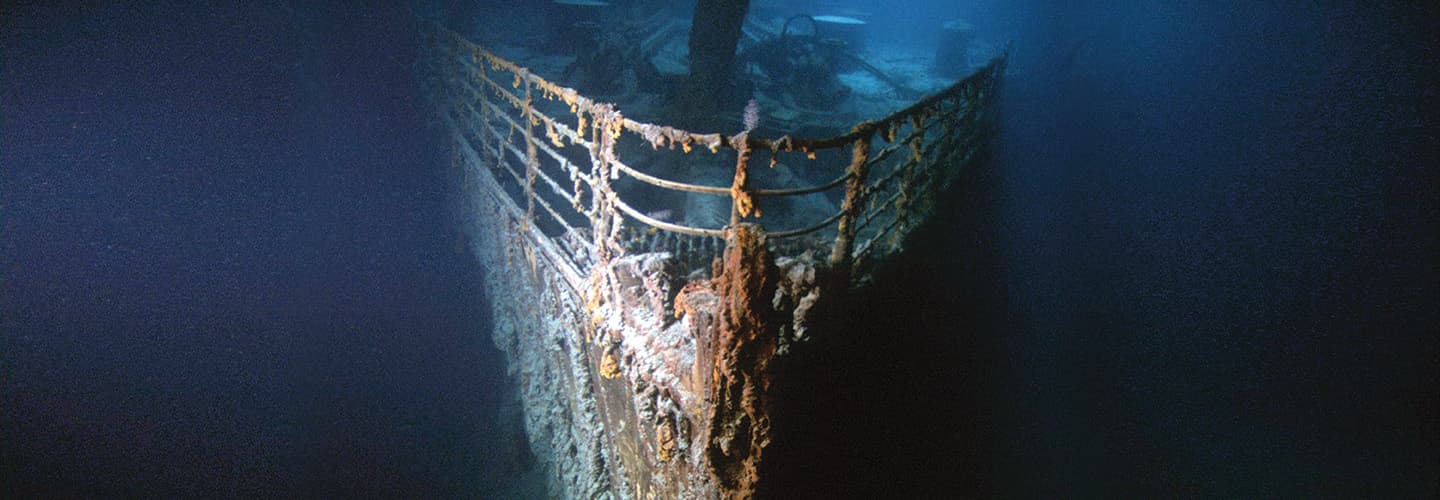In the years since Robert Ballard found the Titanic shipwreck in 1985, other explorers have made many important discoveries at the site. For instance, in 1996, researchers found the rooms of the ship’s captain, Edward Smith. They could even see inside to Smith’s bathtub.
But the bathtub was no longer visible during a visit to the site in 2019. A section of the upper part of the ship had collapsed, burying the captain’s rooms. It was a troubling example of how the Titanic has slowly deteriorated, or fallen apart, over the years.
As the Titanic sank in 1912, it cracked in half. The bow (the front end of the ship) settled on the ocean floor about half a mile from the remains of the stern (the back end of the ship). Since then, nature has taken a toll. Some experts think the wreck could be mostly gone within the next few decades.
“This isn’t going to be there forever,” says Tad Fitch. He’s written four books about the Titanic. “So if we’re going to keep studying it, it’s now or never.”

